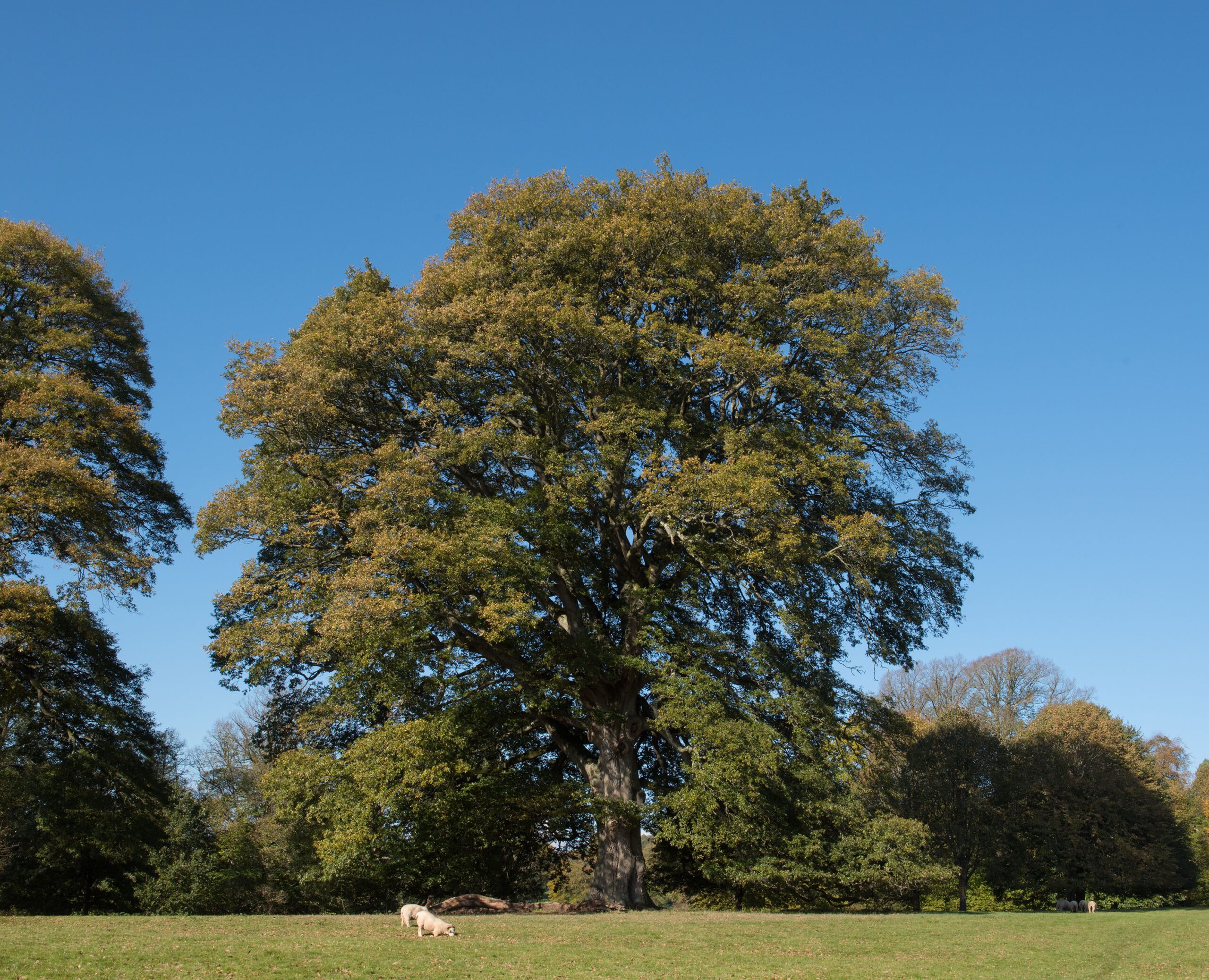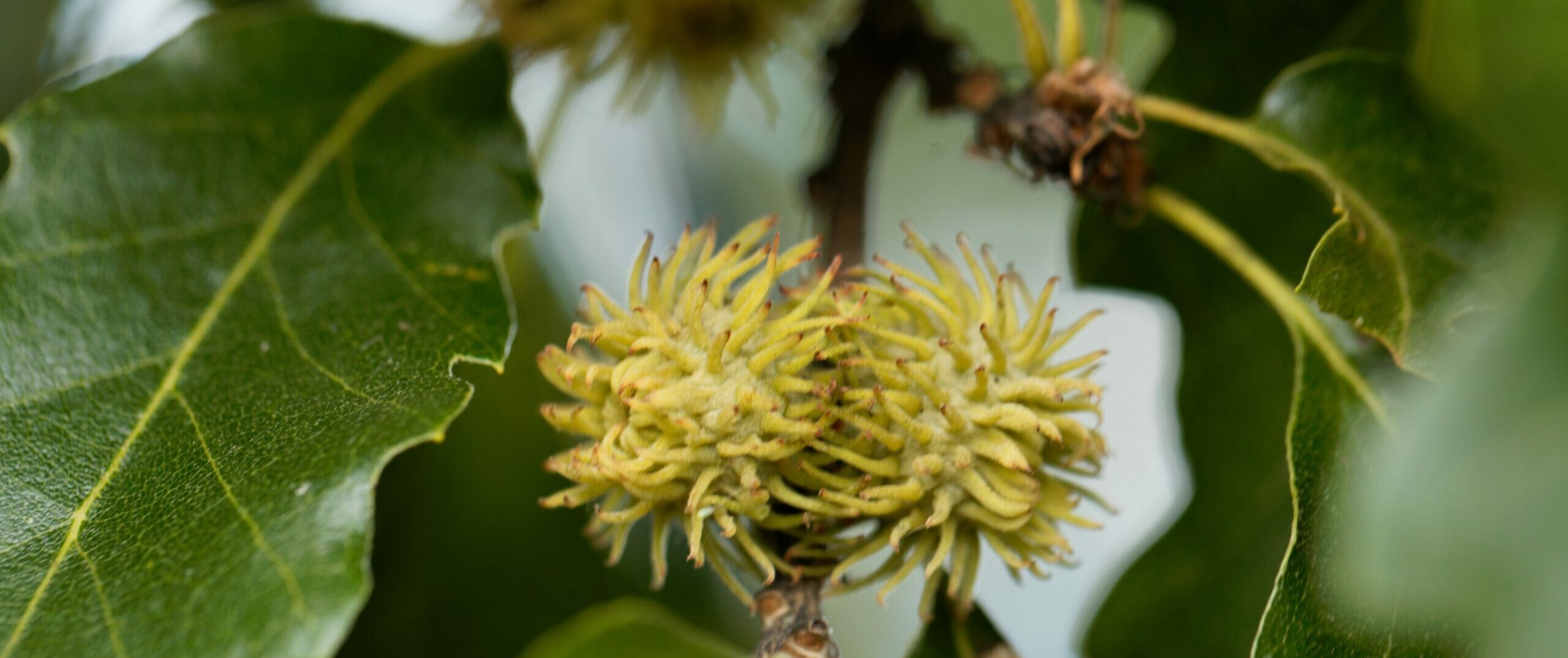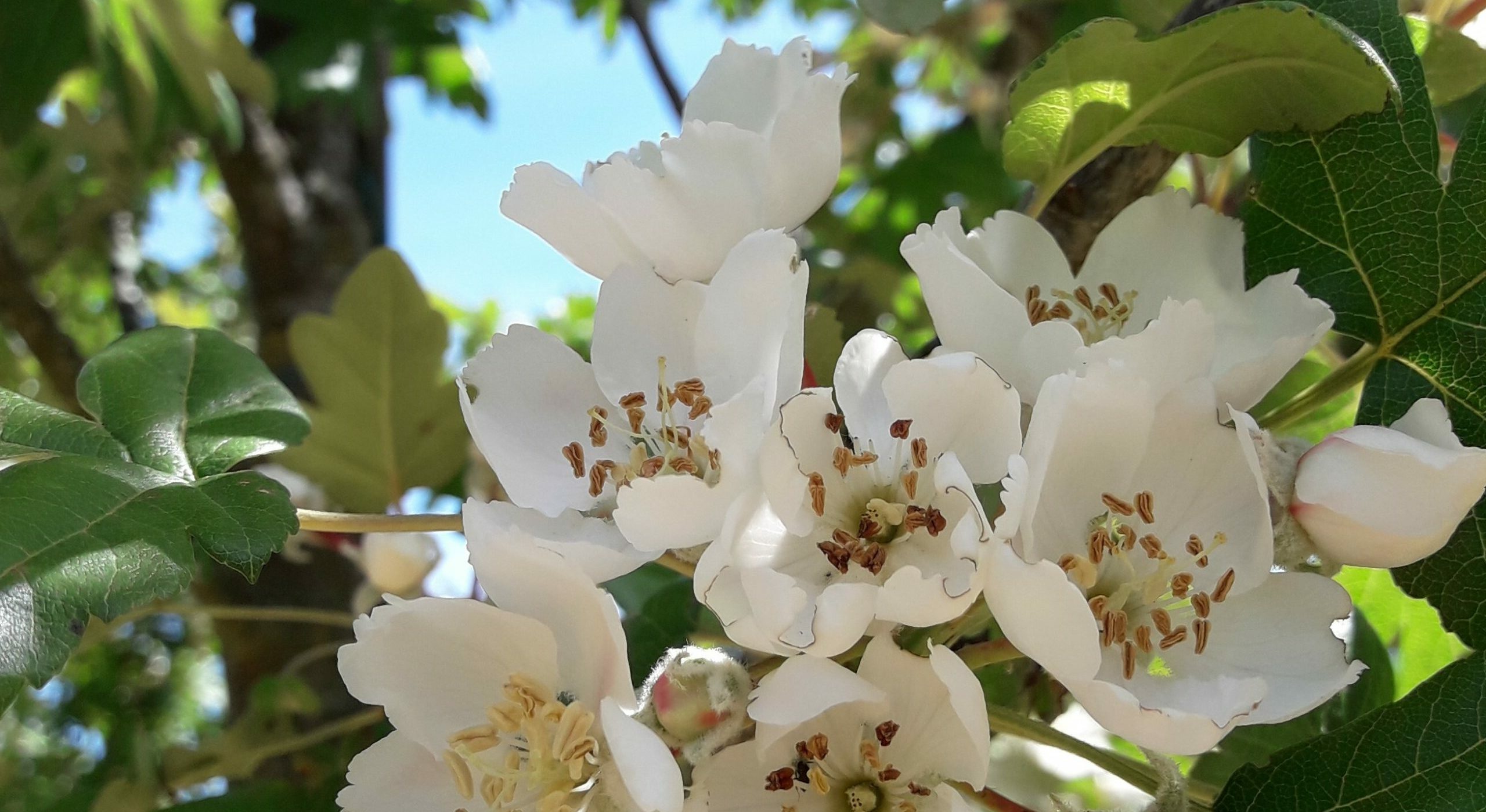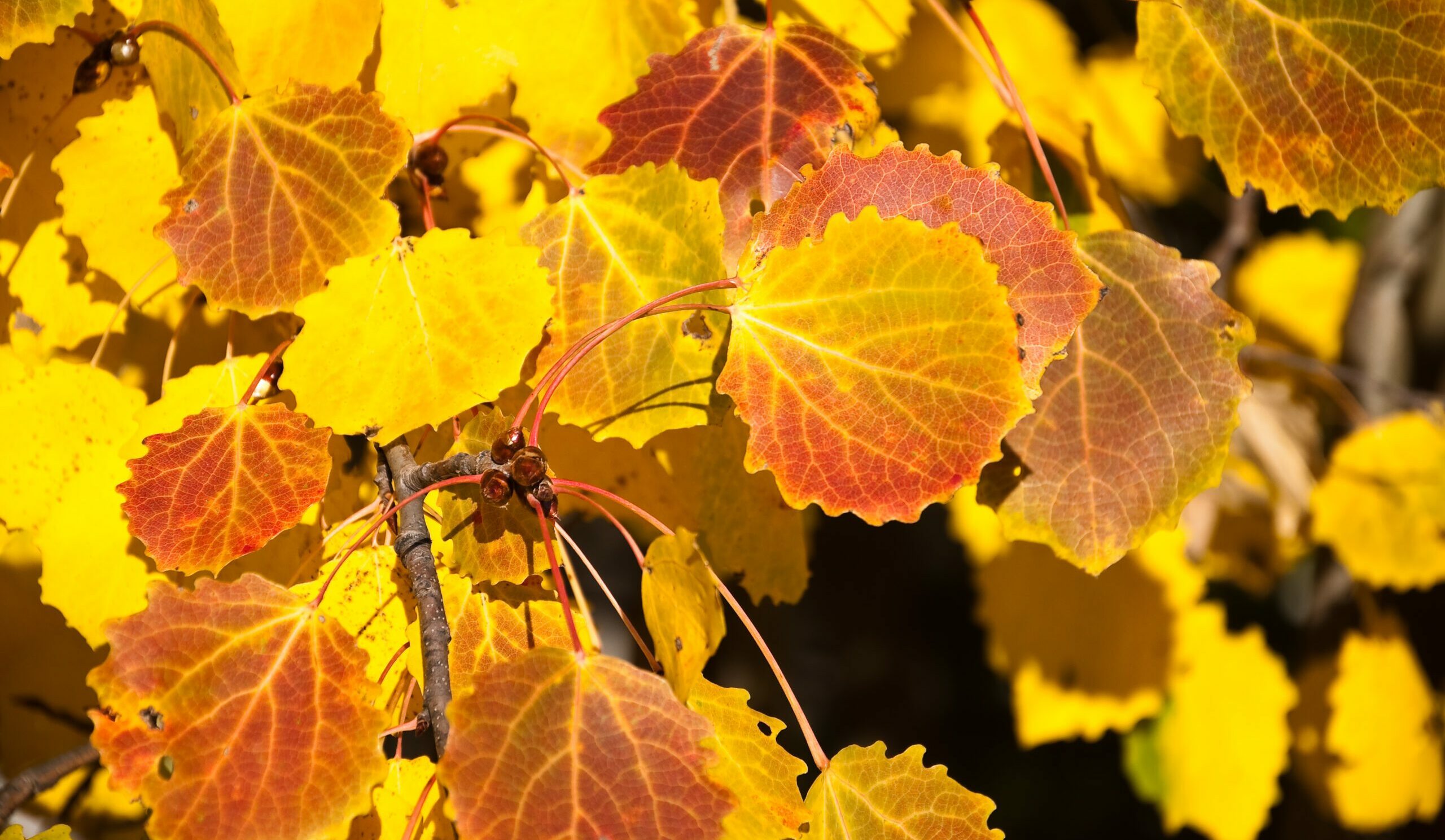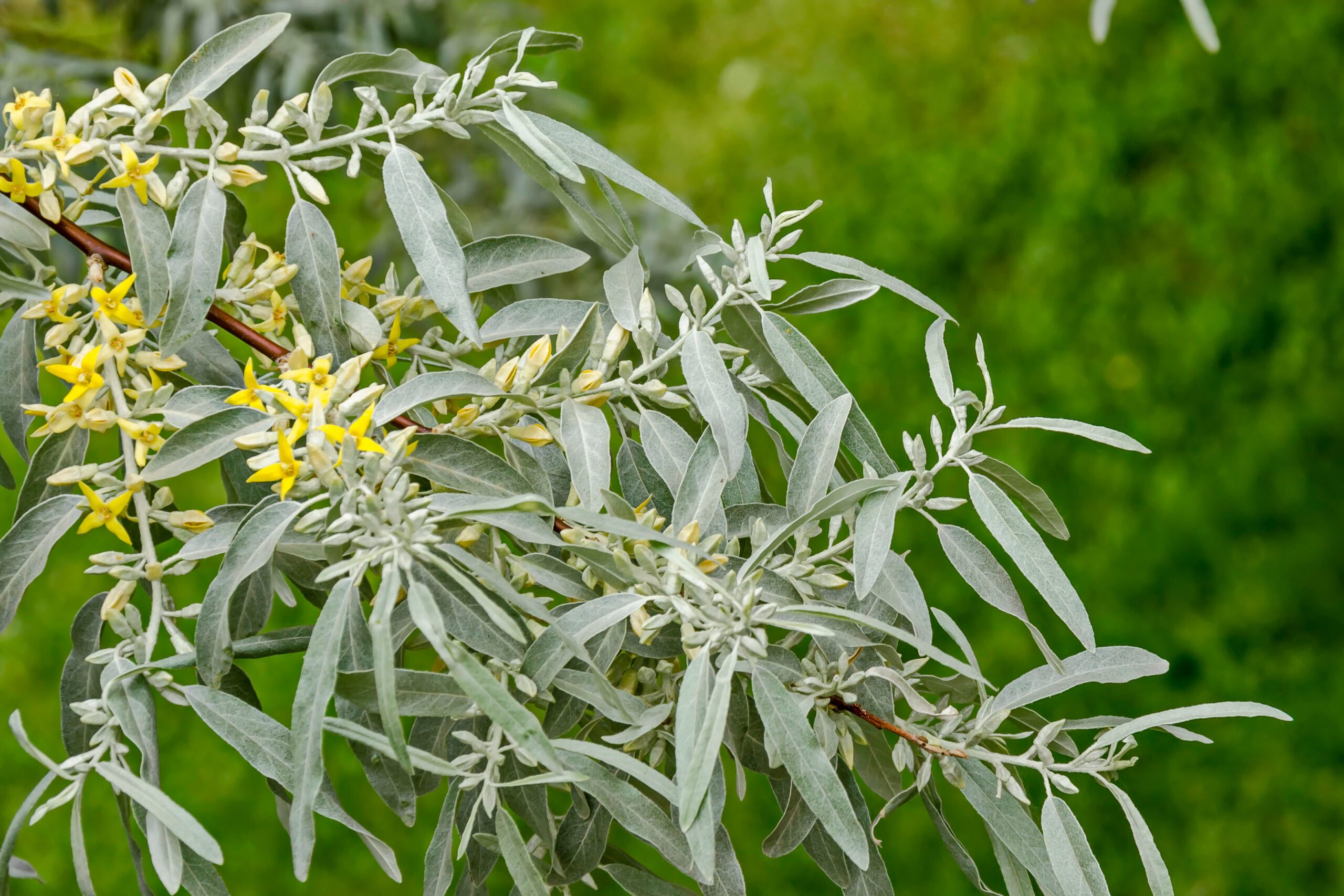Tree Information
Specialities
Tolerances
Wet Soil: Medium
Dry Soil: Medium
Lime: Low
Quercus cerris, commonly known as Turkey Oak, is a species of deciduous tree native to Southern Europe and parts of Western Asia. It has been widely introduced to other regions due to its ornamental and forestry value.
Turkey Oak is characterised by its broad, conical top and spreading branches. Its leaves are alternately placed, coarsely toothed to pinnately cleft. They are dark green on top, grey felted below and leathery to touch. In autumn, foliage will turn yellow and gold.
One of the most distinguishing features of the Turkey Oak is its acorns which show in the second year. These are bowl shaped and covered with shaggy scales that give it a hairy appearance. A cap covers one half of the acorn.
Visit our Useful Resources for in-depth guides
Discover guides to help you with specifying your trees, caring for your trees and understanding the weights and dimensions of trees.
Useful ResourcesSize
Large
13m high x 6m wide after 25 years
Environment
Great for avenue and woodland planting. Is great for urban landscaping. Will do well in a warm climate.
Canopy
Broad conical to broadly round on top. Branches are ascending and horizontal becoming more bent as the tree ages.
Foliage
Leaves are alternately placed, coarsely toothed - pinnately cleft. They are dark green on top, grey felted below, and are leathery to touch. In autumn leaves turn yellow and gold.
Fruit
Male green catkins that turn to acorns. There are covered in shaggy scales and very attractive.
Resilience
Resistant to frost, wind, heat and drought. Its extremely adaptable and well do well in any soil, including dry, loamy and permeable.
Make an Enquiry
Enquire below and speak to one of our expert team. For trades only, for general public enquiries click here.
Find Trees For Your Project
View Our TreesSpeak to a Member of Our Sales Team
Make an Enquiry
